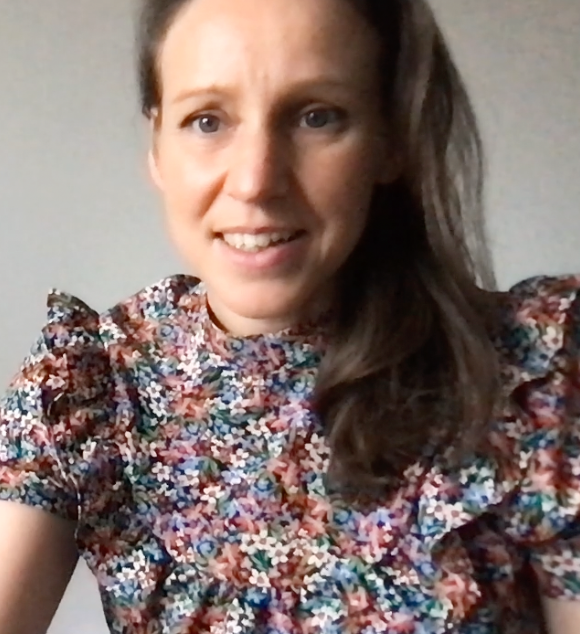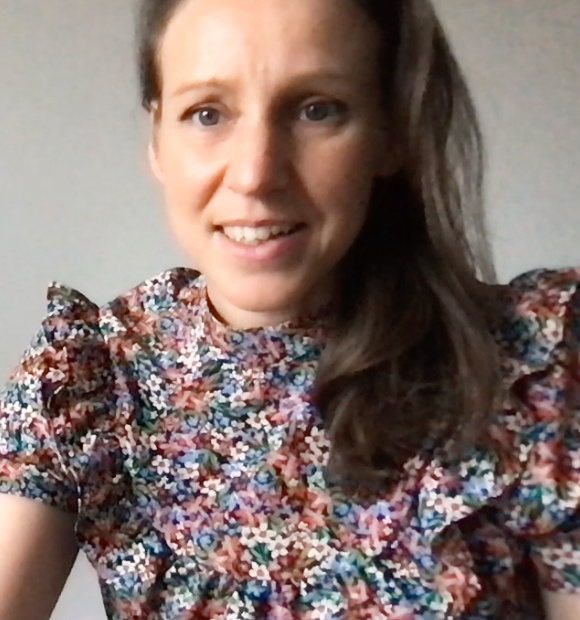Listen to this episode
On this episode
Whether we like it or not, meetings are essential in running an organisation. But when was the last time you attended a meeting without feeling bored? Meetings are supposed to help us get work done more effectively. It’s an opportunity for us to raise issues and make important decisions. But despite their importance, very few of them are done well. How, then, can we transform our meetings from bad and boring to helpful and interesting?
Dr Carrie Goucher joins us in this episode to discuss the basics of a good meeting. She also explains how to disagree with other people in meetings while maintaining good relationships. Then, we lay down simple and practical actions making meetings shorter, more productive, and better.
If you want to know how to start running engaging and effective meetings, stay tuned to this episode.
Show links
Take an off-grid You’re Not a Frog retreat with us this coming May. Get a special discount when you book before February 10th.
Get 25% OFF of FewerFasterBolder’s Meeting Leaders E-Course!
FewerFasterBolder’s Free Resources to download
For people changing meetings across a whole department or organisation – listeners can express interest for Meeting Pioneers cohort from March 2023 here
Download FewerFasterBolder’s Invitation Template and Capture Canvas here for FREE!
About the guests

Carrie Goucher is a business culture practitioner and the founder of FewerFasterBolder. She has a PhD in systems engineering and is a specialist in meetings and meeting culture. Bringing in her expertise, Carrie has worked with various organisations on their meetings for over 18 years. She is passionate about addressing the system and transforming how we think about meetings.
Reasons to listen
- Learn how to plan meetings beyond just hygiene factors.
- Discover how to engage and encourage people to speak their minds during meetings.
- Find out the best way to run an effective meeting.
Episode highlights
How Carrie Got into Meetings
Planning Beyond Hygiene Factors
Carrie’s PhD in Meetings
How to Encourage People to Speak Up
Addressing Hierarchy
Disagreeing without Criticising
‘Yes, but…’
How to Run a Meeting
The Four Quadrants of a Meeting Documentation
How to Run a Meeting with Time Constraints
How to Share Information in an Engaging Way
Carrie’s Top Three Tips for Running Good Meetings at Work
Episode transcript
Rachel Morris: Most of us think that meetings are the things that happen in between all the real work that needs to be done and view them as an evil necessity, but like or not not, for many of us, meetings define the culture of where we work. They’re often the only way we have to raise issues, make decisions, or even clap eyes on our colleagues. So why are they so bad and so hard to get right? j I have a sneaking suspicion that it’s because they’re run by humans with buttons and triggers and conflicting ideas and…










